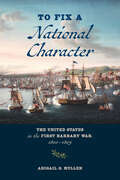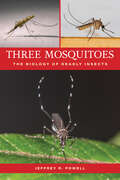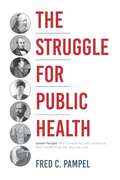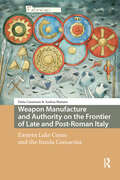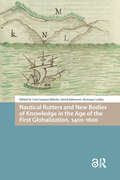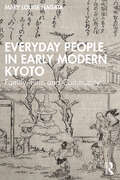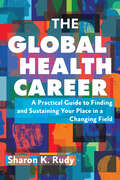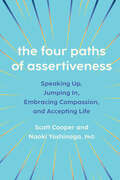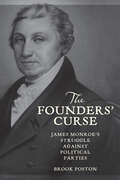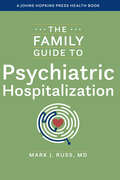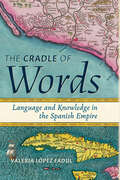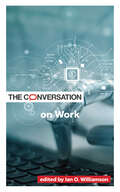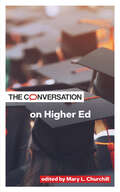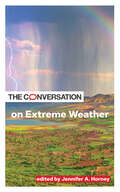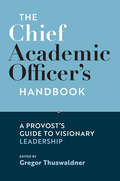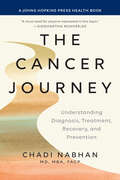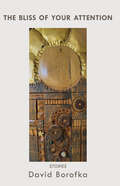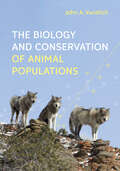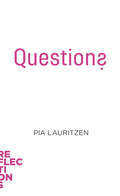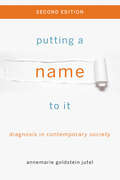- Table View
- List View
To Fix a National Character: The United States In The First Barbary War, 1800-1805
by Abigail G. MullenThe Transformation of American Health Insurance: On The Path To Medicare For All
by Troyen A. BrennanThe Struggle for Public Health: Seven People Who Saved The Lives Of Millions And Transformed The Way We Live
by Fred C. PampelWeapon Manufacture and Authority on the Frontier of Late and Post-Roman Italy: Eastern Lake Como and the Insula Comacina (Italy in Late Antiquity and the Early Middle Ages)
by Fabio Carminati Andrea MarianiThis monograph presents a microstudy of a crucially important and profoundly revealing location: the territory around the modern city of Lecco, which lies on the eastern branch of Lake Como, in Lombardy (northern Italy). Contrary to ‘traditional’ reconstructions that present eastern Lake Como as a marginal region, where no important events took place in Late Antiquity and the Early Middle Ages, this book demonstrates that the area functioned as a key point of connection across the Roman Empire (the Rhine–Danube limes) and continued to function long after the political collapse of the Empire in the West. Furthermore, the region was the location of what can only be described as a state arms factory for the Roman Empire, the importance of which only began to fade in the eleventh century. This book represents the culmination of a comprehensive reconsideration of the historical sources and available archaeological evidence, offering a new framework for analysis and insights into the transformations that took place from the late Empire into the Middle Ages.
Nautical Rutters and New Bodies of Knowledge in the Age of the First Globalization, 1400-1600
by Luís Campos Ribeiro David Salomoni Henrique LeitãoThe European maritime expansion of the fifteenth century reshaped global politics, economies, and perceptions of space. Central to this transformation was the mastery of long-distance sea routes and the development of rutters—technical documents recording navigational data and geographic observations. Despite their significance, rutters have often been overlooked in studies of European imperial expansion and globalization. This book highlights the indispensable role of rutters and ships' logbooks in early modern navigation and knowledge production. Examining their legal, scientific, and cultural dimensions, it explores their evolution, influence on cartography, and impact beyond Europe, particularly in the Indian Ocean. With contributions from experts in the field, this volume underscores rutters as more than navigational aids—they were pivotal instruments in shaping global interconnectedness. Essential reading for historians of science, maritime history, and globalization, this book reveals how these documents transformed Europe's perception of a world connected by oceans.
Everyday People in Early Modern Kyoto: Family, Firm and Community
by Mary Louise NagataThis social history explores the lives of urban commoners in early modern Kyoto during the dramatic political shift from famine to revolution in the final decades of the Tokugawa regime, through an extensive survey of the detailed record changes from 1843 in response to these crises.The study focuses on three aspects of urban life, beginning with individual and household relations with the neighborhood communities that comprised the institutional framework of urban administration and provided financial and legal resources for residents. It then moves to the lives of ordinary people, taking a life-course approach to analyze life-cycle work: marriage, divorce, blended families, fertility, adoption, migration, mobility, and mortality. The final theme discusses households people lived in, headship succession and devolution of property; family business as a network of household shops and workshops; and the roles women played, while testing the patriarchy theories commonly used in this field and finding new explanations.Written for all levels of expertise and including many stories of everyday people, this book will appeal to undergraduate students and general readers interested in historical Kyoto.

